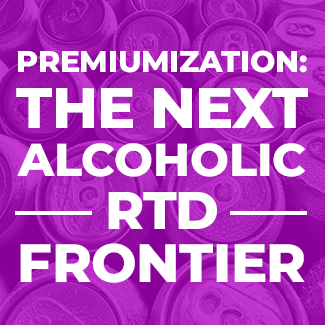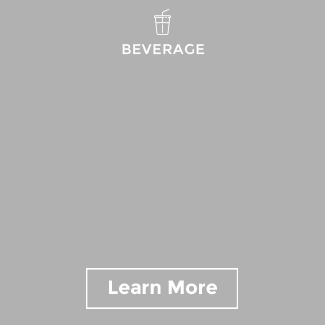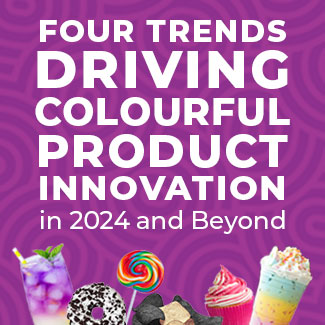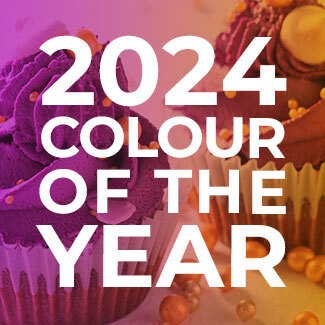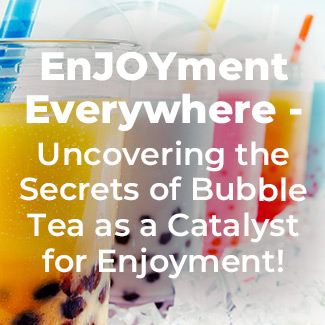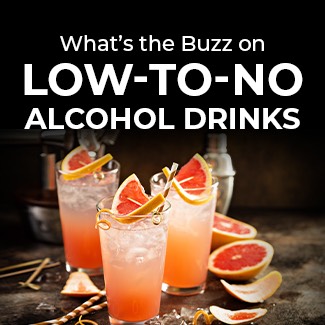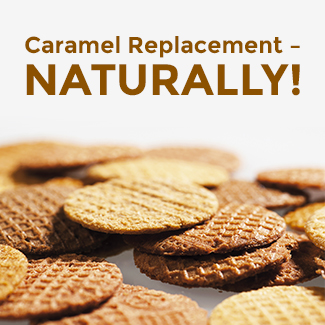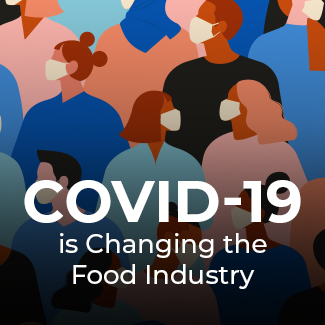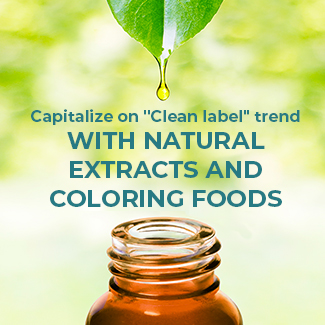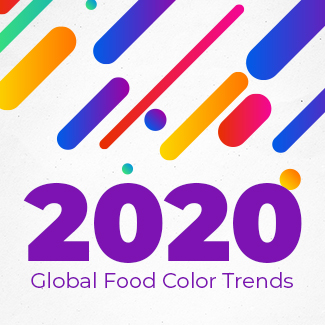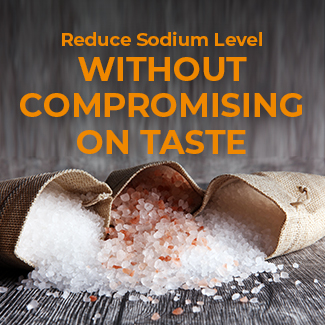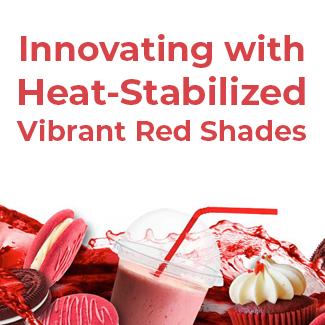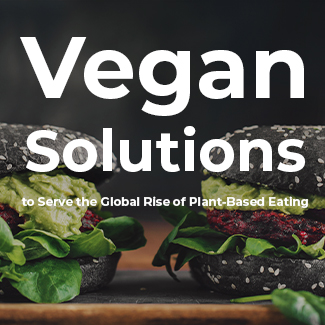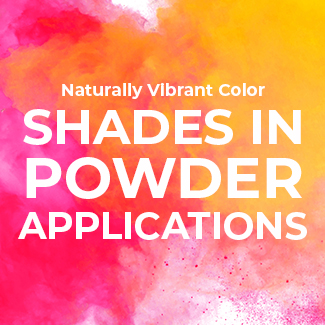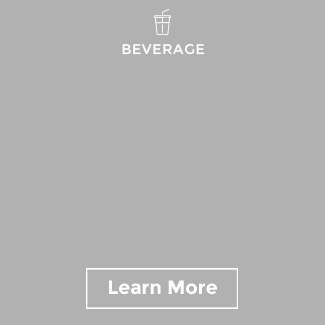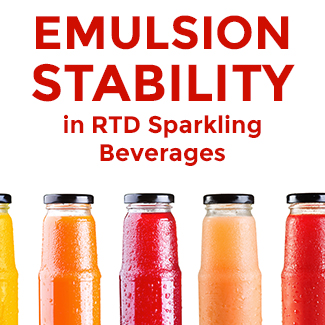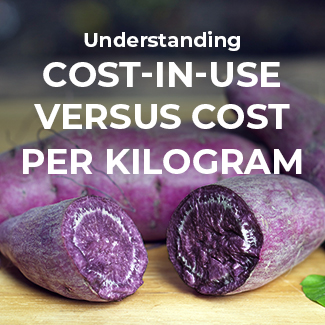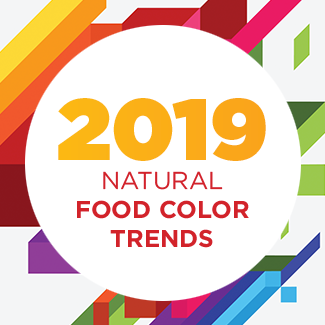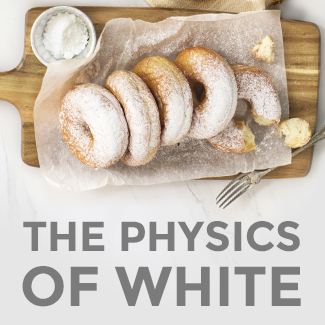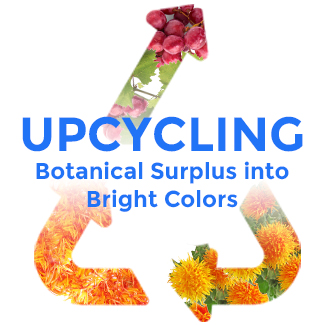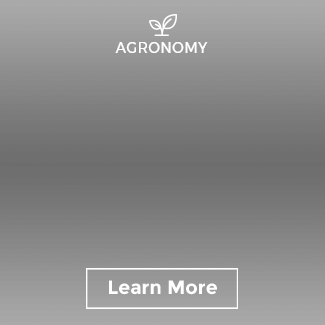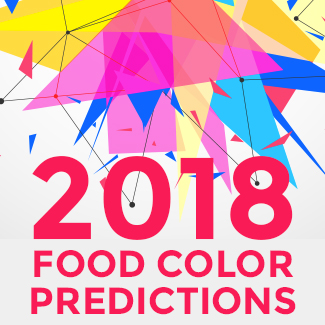Adding Visual Appeal to Alcoholic Beverages
What do consumers look for in the alcoholic beverage space?
There are multiple consumer types and macro trends at play in a space as large as the alcoholic beverage market. On one side of the spectrum are consumers taking control of their health, seeking natural, wellness-oriented options. Data shows that consumption of beverages with lower alcohol content like alcoholic seltzers and premixed cocktails has increased in the past years, and for example, 39% of those limiting or reducing their alcohol intakes in the UK do so to try to improve their health (Mintel). While indulgence in moderation is a priority for some, others are looking for alcoholic beverages that stimulate the senses and offer a more unique, adventurous, or multisensory experience.
Alcoholic beverages that can support a healthier approach or deliver that excitement factor have a great opportunity to provide value to consumers and to offer an alternative for those who are, for example, planning to cut back on out-of-home alcohol consumption.


37% of British consumers were planning to spend less on alcoholic drinks for out-of-home drinking compared to a usual Christmas in 2022.
MintelValue of Colour in Beverages
Academic research has shown that colour can convey flavour and impact taste perception and purchase intent. When Sensient took a step further to quantify the value of colour in food and beverage applications, optimized colour was found to improve purchase intent by +6% across categories in online testing. On top, Mintel research has shown that visual appeal holds a significant role in the alcoholic beverage category. It can drive retail purchases by making the products a more compelling alternative to the out-of-home drinking experience. 54% of UK consumers between 18 and 34 said that a visual “wow” factor would encourage them to buy a new alcoholic drink. An appealing/unusual look can encourage consumers to share their experiences on social media, potentially tapping into the influence of social recommendations.What to Consider Working with Natural Colourings
in Alcoholic Beverages
Permissibility
In the alcoholic beverage category the usage of additives, including colouring ingredients is regulated by the SA Liquor Act, 1989 (Act No. 27 of 1989). Sensient’s team of food colour and regulatory experts are always available to help you navigate these waters to select ingredients that will perform beautifully and remain approved through this process!Acidity
The acidity levels of alcoholic beverages can range from low pH (3.0-4.0) to high (5.0-7.0), depending on the base, the alcohol content, and other ingredients present in the formula. This will affect colour experts’ recommendations for natural solutions, as certain sources will thrive in low-pH systems, while others are more stable in a higher-pH environment.Packaging
Depending on the packaging used, the light stability of certain natural colour solutions may come into play. If your packaging is clear, like plastic or glass, and the beverage isn’t protected by a full wrap label, we will recommend light-stable solutions for bold colours.Alcohol Content
Alcohol content can have an impact on natural colour success as well. Harsher environments, with 30-50% alcohol by volume (ABV), are less hospitable to natural colour ingredients, while a beverage with 5-15% ABV is more suitable for botanicals. Several natural colours can thrive in high alcohol content systems, but colour experts can provide guidance to help you select options that will not fade in the harsher environment. If needed, our team can also support stability testing to ensure success in your product and a beautiful beverage that stands the test of time!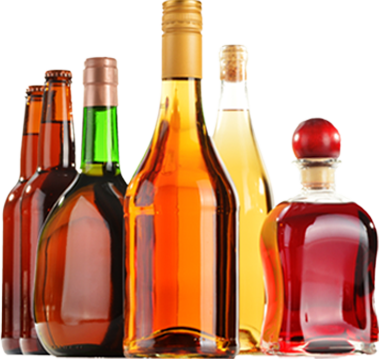
A Natural Rainbow for Liquors, Premixed Cocktails
and Low-Alcoholic Drinks

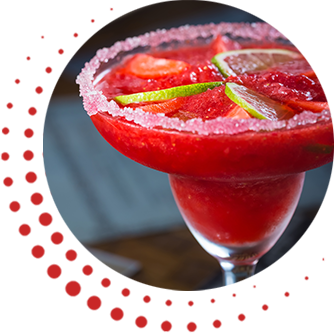
Red & Pinks
Red and pink shades bring to mind delicious profiles from the adventurous: spicy guava, love potion, flamingo, pomegranate, or prickly pear; to florals: hibiscus, cherry blossom, elderflower, or rose; to classics: daiquiri, cosmopolitan, watermelon, raspberry, or cherry. There are several solutions available to achieve reds and pinks in seltzers, liquors, wines, and other alcoholic beverages. Carmine offers advanced stability in alcoholic beverages for stunning pink and red alternatives to Red 3. Other solutions based on colouring foods, like Wild Berry Red, Strawberry Red or Cranberry Red are stable at low pH levels and offer beautiful pinks and reds in lower alcoholic applications like seltzers.Yellow & Oranges
Fresh orange and yellow shades can be achieved in different ways. Fusion Lemon or True Pineapple Yellow provides vibrant yellows for profiles like limoncello, margarita, mai tai, banana, and pineapple. Some other natural options like Bright Orange also offer peachy and orange hues for blood orange, tropical sunset, kumquat, old-fashioned, mimosa, pumpkin, and honey-type profiles. Since some source materials are naturally oil-soluble, Sensient’s Advanced Emulsion Technology (AET™) ensures that these natural colours can be used in a water-based system like an alcoholic drink.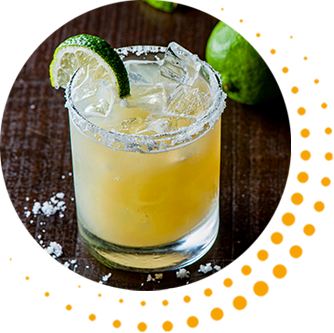
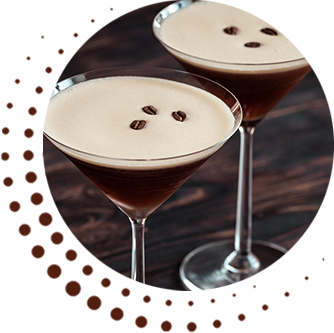
Browns
Cuba Libre, Irish coffee, Espresso Martini or Manhattan are just a few of many popular flavours and cocktails that come in some kind of brown shade. From light caramel brown to dark, robust coffee shades, Natural Brown solutions based on colouring foods offer a great opportunity to achieve a variety of shades with simple and recognizable ingredients, from low to higher alcoholic drinks.Cloudy
A cloudy beverage may be desired to convey juice content or to match a specific flavour profile, like a whiskey sour, white Russian, or pina colada. For these projects, Sensient colour experts recommend our natural Avalanche™ portfolio, the industry’s leading selection of titanium dioxide alternatives for whitening and opacity. Within this portfolio, we have solutions designed specifically for added cloud or whitening to the high-water-activity systems in ready-to-drink beverages like premixed cocktails. If you are looking to create a cloudy colourful look naturally, the range of smooth cloudy emulsions has a great benefit. The colour and cloudifier are already combined into one product requiring no additional labelling for the cloudifier.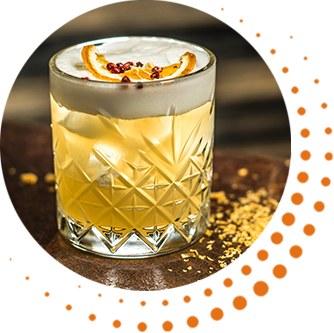
To sample any of the shades for your alcoholic drink project, request a sample! If you have any questions, our team of experts is always excited to talk colour, so you can easily request a consultation.








